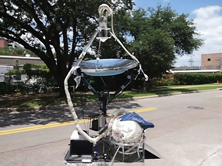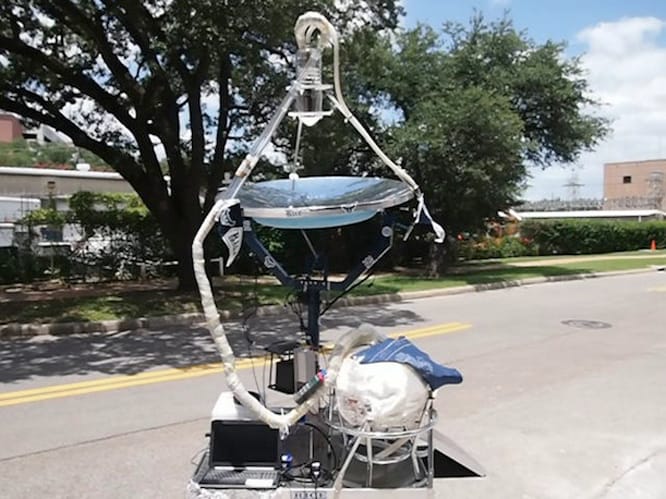Solarclave Harnesses Solar Energy Using Nanoparticles to Sterilize Equipment

Every biologist knows what an autoclave is, and how important it is in a lab or a hospital. Autoclaves are instruments that use moist heat generated by heating water to produce high pressure saturated steam. The steam is used to sterilize media, labware, surgical equipment and lab wastes.
The standard autoclaves rely on electricity to generate the steam required for sterilization. This poses a huge problem especially for hospitals in places with inconsistent power supply. The use of improperly sterilized or non sterilized surgical instruments causes serious infections that may prove lethal to the patients. A group of engineers from Rice University, Texas led by Oara Neumann and Naomi Halas have come up with a game changing solution for such cases by developing a “Solarclave”. The Solarclave harnesses solar energy with the help of nanoparticles to generate steam used for sterilization, thus eliminating the need for electricity.
The device exploits the thermodynamic characteristics of nanoparticles that cause them to absorb energy much faster than the surrounding liquid when placed in a suspension. The metal and carbon nanoparticles are suspended in a aqueous solution and sunlight collected by a mirrored dish is funneled into the solution. These nanoparticles capture and transfer heat to adjacent water molecules, converting them directly to steam. This efficient set up requires only 20 percent of total energy collected for converting water molecules to steam, and the remaining 80 percent of the energy is utilized to sustain the steam bath.
The nanoparticles setup in the Solarclave is capable of generating steam at temperatures as less as 70oC. The nanoparticles used in the system are not consumed during the process and they can be used indefinitely. The Solarclave, when subjected to tests was able to efficiently kill Geobacillus stearothermophilus bacteria which inhabit hot springs and other warm environment and has a high tolerance for heat in 30 minutes.
They have also developed another prototype along the same lines which can be used to sterilize human and animal wastes to reduce the instances of infections caused by them in developing nations that lack proper sanitation. Both the devices have successfully passed the test. They are contemplating on mass producing these devices for use in developing countries that lack proper sanitation and power supply. Apart from its use for sterilization, this technology can also be used for cooking food and possibly for producing electricity as well.
Detailed information about the device is published in the Journal Proceedings of National Academy of Sciences (PNAS).

